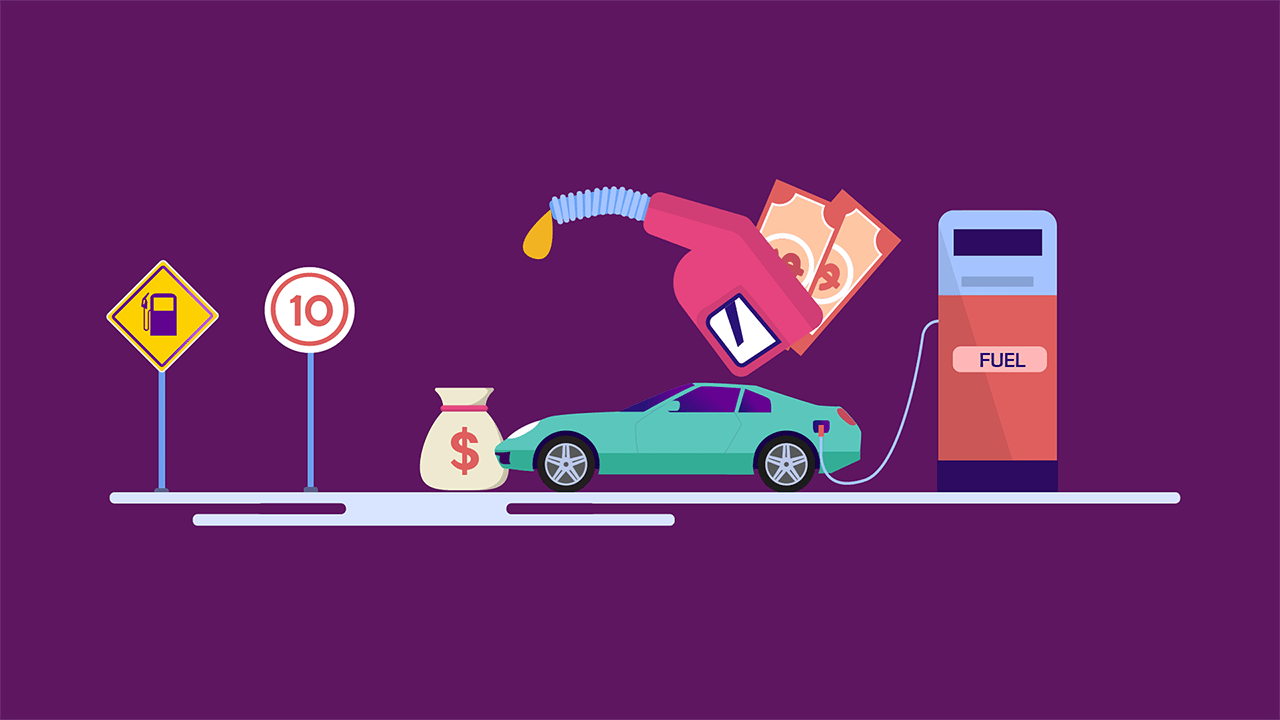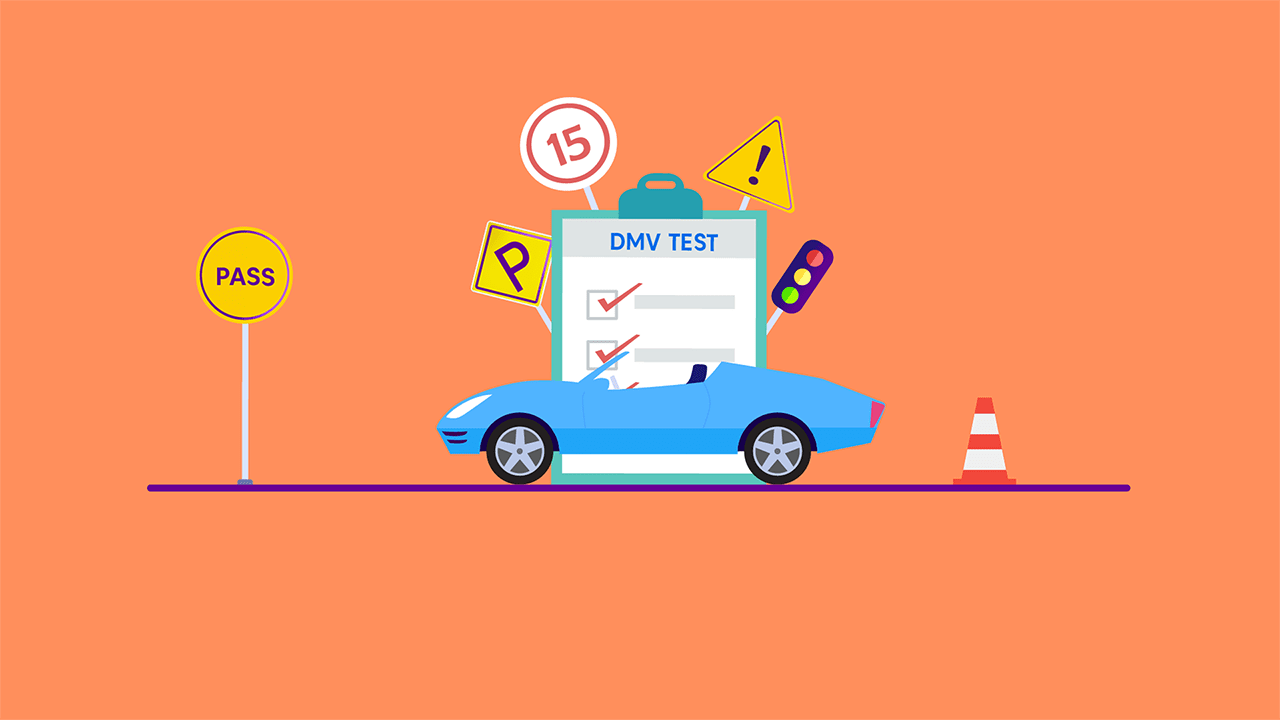15 Expert Tips to Avoid Animal Accidents on the Road!
By Umm e Hani on Apr 19, 2024Content
Driving is already a risky business, but it gets even more dangerous when most common animals suddenly appear on the road. Think of a squirrel quickly dashing across your path or a deer unexpectedly leaping out from the woods. These surprise animal encounters can lead to serious accidents. To ensure your safety and reduce the risks, we've got 15 expert tips for you when dealing with animals while driving.
15 Expert Tips For You When Dealing With Animals While Driving.
1. Stay Alert
You need to pay very close attention. When you're driving, always keep your eyes looking at the road. Scan the sides of the road too, not just the part right in front of you. Look for any signs of movement, like animals. If you see an animal close to the road, be ready to slow down or stop.
Staying alert is super important because if you're not paying attention, you might not notice an animal in time to avoid it. So, always be on the lookout for animals when you're driving.
2. Use Your Horn
Your car has a horn that makes a loud noise. If you encounter an animal on the roadway in front of your car and it's not moving, honk your horn by pressing it. The loud noise from the horn can scare the animal, and it might run away to safety.
Using your horn is like telling the animal, "Hey, I'm here!" This can help avoid a collision and keep both you and the animal safe.
3. Don't Swerve Wildly
Don't steer your car suddenly and sharply to avoid hitting an animal. It's better to stay on the road and keep your car steady, even if it means hitting the animal.
Sudden swerving can make you lose control of your car and lead to a more serious accident. So, if an animal suddenly appears on the road, try to stay on your path and brake gently instead of swerving wildly. Your safety is the top priority.
4. Brake Smoothly
When you see an animal crossing car and you can't avoid it, gently press the brake pedal with your foot. This slows down your car in a controlled way.
Braking smoothly means slowing down without suddenly stomping on the brakes. This helps lessen the force of impact if you do hit the animal. It's a safer way to handle the situation and also increases the chance of the animal surviving the encounter. So, remember to brake smoothly if you can't avoid an animal on the road.
5. Avoid High Beam Headlights
High beam headlights are the really bright lights on your car. Using them can be blinding to animals, making them freeze or panic.
So, at night or when you see animals on the road, switch to your regular, less bright lights (low beams). This way, you won't scare the animals, and they're more likely to move away safely, helping you avoid accidents.
6. Respect Animal Crossings
Some roads have special signs that show animals might cross there. When you see these signs, slow down and be extra careful.
These signs are like a warning that animals could be nearby. Slowing down in these areas gives you more time to react if an animal suddenly appears, reducing the chance of a collision. So, always respect these animal crossing signs to keep everyone safe.
7. Buckle Up
This means wearing your seatbelt. Seatbelts are like safety straps that keep you securely in your seat.
If something unexpected happens, like an animal crossing the road suddenly, the seatbelt holds you in place. It can prevent you from being thrown around in the car, which can cause serious injuries. So, remember to always wear your seatbelt to stay safe on the road.
8. Keep Your Distance
Keeping your distance means not driving too close to the car in front of you.
If you're too close, you won't have enough time to react if an animal suddenly appears on the road. So, stay a reasonable distance behind the car ahead. This way, you'll have more time to stop or maneuver safely, reducing the risk of a collision with animals or other unexpected obstacles.
9. Stay Calm
Staying calm means not getting too worried or panicking if you see an animal on the road.
When you stay calm, you can make better decisions and handle the situation safely. Keep both your hands on the steering wheel and avoid any sudden or jerky movements. Being calm is important to stay in control and prevent accidents when dealing with animals on the road.
10. Report Injured Animals
If you accidentally hit an animal, it's important to stop your car safely and tell local authorities about it. They can help the injured animal and also make the road safer for others.
Reporting the incident is a way to show kindness and ensure that the animal gets the help it needs. It's a responsible thing to do and helps prevent future accidents involving animals on the road.
11. Slow Down in Wildlife Areas
When you're driving in places where lots of animals live, like near forests or parks, it's best to go a bit slower. This means reducing your speed. Slowing down gives you more time to react if an animal suddenly shows up on the road.
Being cautious and driving slower in these areas is smart because it helps prevent accidents with animals. It's safer for both you and the creatures that call these places home. So, when you enter wildlife areas, take your foot off the gas pedal and slow down a little.
12. Use Your Hazard Lights
Hazard lights are like special signals for your car. When you see an animal on the road, and you're about to stop or slow down a lot, turn on your hazard lights. This makes all your car lights blink together.
Turning on your hazard lights tells other drivers that something's happening up ahead, and they need to be cautious. It's a way of warning them about the animal or any unusual situation on the road, keeping everyone safer. So, remember to use your hazard lights when you need to slow down or stop suddenly for an animal.
13. Stay Informed About Local Wildlife
This means knowing about the animals that live near where you drive. Learn which animals are common and when they're most active.
For instance, some animals are more likely to be on the road during sunrise and sunset. Being aware of this can help you be more careful when driving at these times. Understanding your local wildlife can help you avoid collisions and stay safe. So, keep an eye out for the animals in your area and when they're most active.
14. Watch for Animal Groups
Sometimes, animals like to travel in packs. So, if you spot one animal on the road, there might be more coming. Be alert and slow down, as there could be others nearby.
Being cautious is important because if one animal crosses the road, others may follow. Slowing down and paying attention can help you avoid multiple animal encounters, reducing the risk of accidents. So, when you see one animal, keep an eye out for its friends too.
15. Keep Your Car in Good Condition
This means taking care of your vehicle. Make sure your car is in good working order. Check that the brakes work well, the tires are in good shape, and the lights are functioning properly.
A well-maintained car helps you react better in unexpected situations, like encountering animals on the road. It's like having a reliable teammate on your side. So, remember to keep your car in top shape to stay safe while driving and handle surprises like animal encounters with confidence.
Remember, animals can be unpredictable, and accidents can happen. By following these expert tips, you can reduce the risk of serious accidents and keep yourself and the animals on the road safer. Drive carefully, stay alert, and share the road with our furry and feathered friends.
FAQ
If You Accidentally Kill Or Injure An Animal, What Should You Not Do?
If you accidentally injure or kill an animal while driving, do not leave it on the road. Pull over safely and report the incident to local authorities. Avoid taking the injured animal with you, as it might be carrying diseases, and handling it can be unsafe.
What Animal Causes The Most Deaths?
Mosquitoes cause the most deaths among animals. They are responsible for transmitting diseases like malaria and dengue, resulting in significant human fatalities worldwide.
Why Do Squirrels Run In Front Of Cars?
Squirrels often run in front of cars due to their instinctual behavior to escape threats. They might misjudge the car's speed and see it as a potential predator, prompting them to dash across the road in a bid to reach safety.


